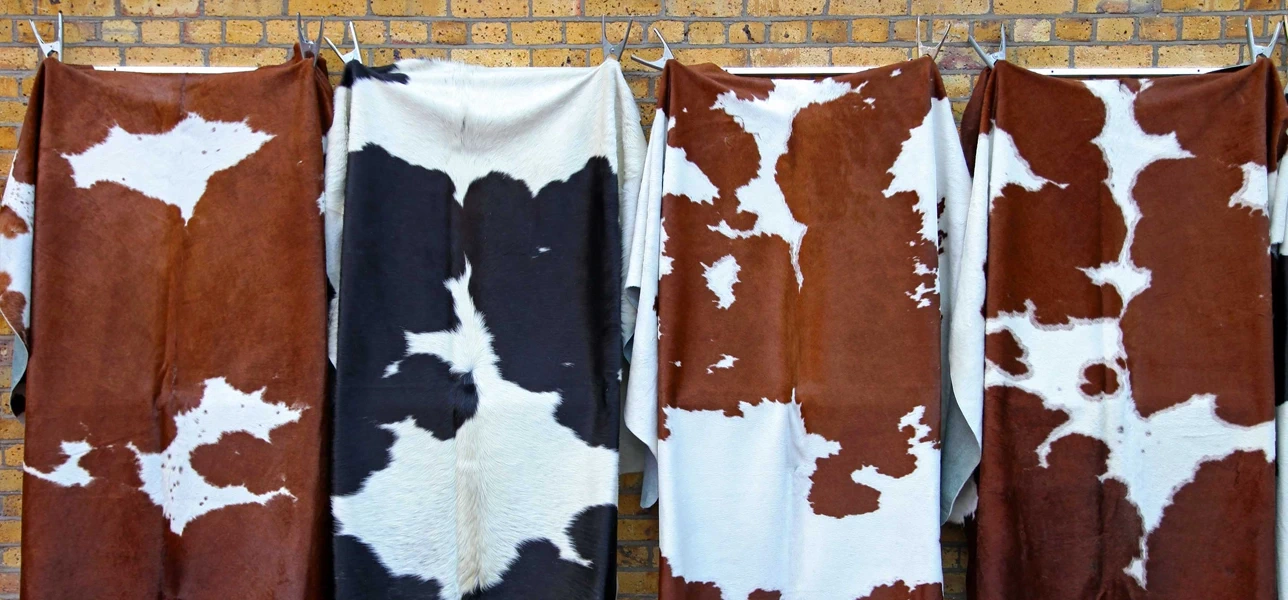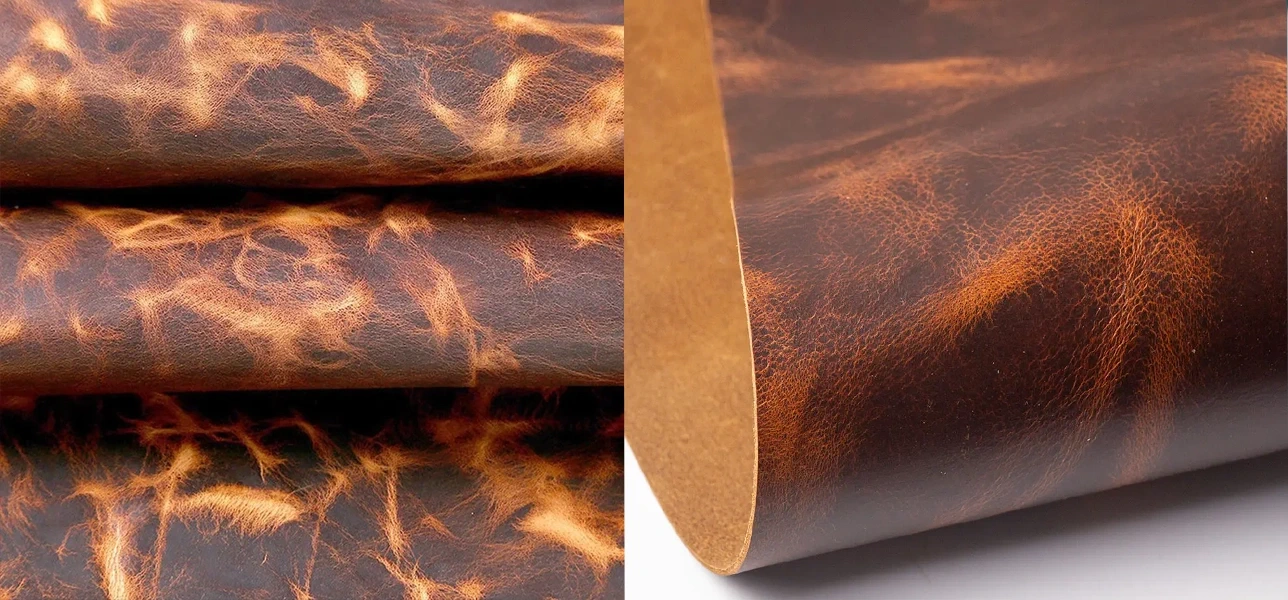The Essence of Split Leather
Split leather is a unique and versatile material that plays a crucial role in the world of leather crafting. It's a fascinating product of leather processing, providing both cost-effective options and innovative uses in various industries.
Understanding split leather
Split leather is obtained by splitting the lower, fibrous layers of animal hides from the upper, more desirable grain layer. The upper grain layer, with its smoother surface and natural grain, is typically reserved for creating top-grain or full-grain leather. The remaining layers, once split away, are collectively referred to as split leather.
Cost-effective and sustainable
One of the primary advantages of split leather is its cost-effectiveness. Since the upper grain layer is the most valuable, the utilization of the remaining layers reduces waste and optimizes the value of each hide. This efficiency contributes to a more sustainable approach to leather production.
Types of Split Leather
Split leather can be further categorized into two main types: suede and bonded leather.
Suede
Suede is made by sanding or buffing the fibrous side of the split leather, creating a soft and velvety texture. It is highly valued for its luxurious feel and is often used in crafting items like shoes, gloves, and apparel. Suede's unique texture and versatility make it a popular choice in the fashion industry.
Bonded Leather
Bonded leather is produced by bonding together the leftover fibers using adhesives. It is then embossed and finished to mimic the appearance of top-grain leather. While it may not possess the same quality and durability as full-grain or top-grain leather, bonded leather offers a budget-friendly alternative for various leather goods.
Applications in leather craft
Split leather finds applications in a wide range of leather goods, from apparel and accessories to upholstery and furniture. Suede, with its luxurious texture, is often used for gloves, jackets, and handbags. It is also commonly found in the lining of shoes, providing a comfortable and breathable interior. Bonded leather, due to its cost-effectiveness, can be used in applications such as budget-friendly furniture, bookbinding, and some types of upholstery.
Creativity and innovation
Split leather's unique texture and affordability have also inspired creativity and innovation in the leathercraft industry. Artisans and designers have found innovative ways to incorporate split leather into their creations, resulting in products that blend style, function, and cost-efficiency. As consumer preferences continue to evolve, the role of split leather in leathercraft remains dynamic and adaptable, offering a valuable alternative for a variety of products.
In summary, split leather, in its various forms, is an essential material in the world of leathercraft. Its cost-effective nature, unique texture, and versatility make it a valuable resource for artisans and manufacturers, contributing to both sustainability and creativity in the industry.

